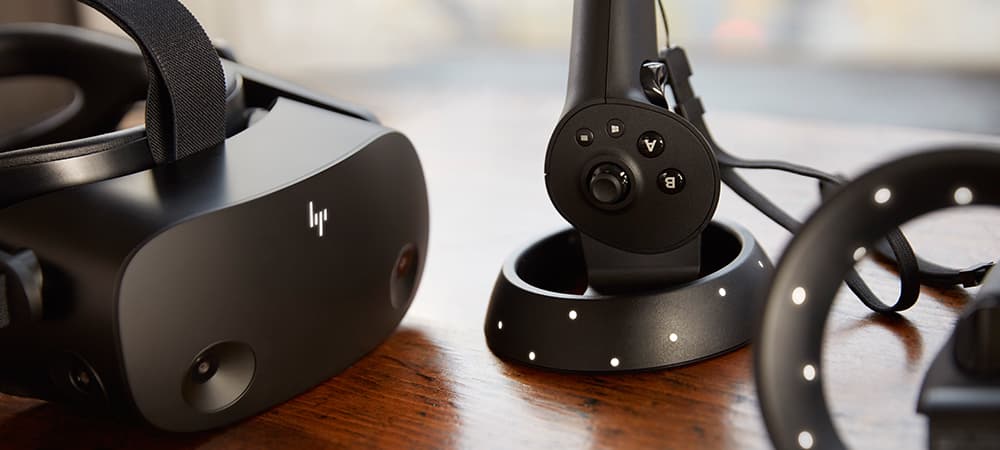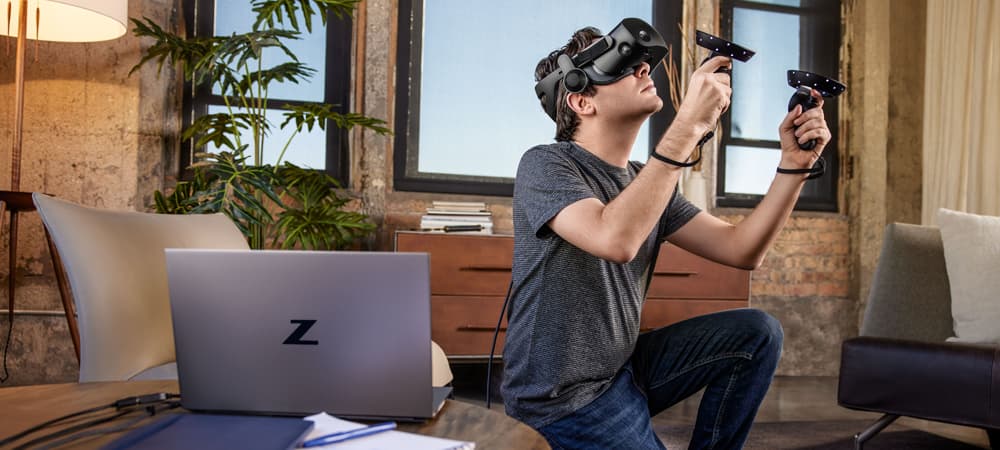Brands have many ways to reach their audience, and the advancement of digital tech has encouraged some pretty innovative uses. One option that doesn’t seem to get old is AR, which combines the real with the imagined in new and creative ways. Companies that have embraced AR successfully have seen gains from customer groups who need more interaction to decide on a purchase.
What is AR? Augmented reality (AR) is an interactive technology that adds creative digital elements to users’ experience of the real world. It’s particularly valuable in marketing and retail use cases, giving consumers new ways to see, hear, and even smell their environment. AR started in
various forms, including the Sensorama technology used in movie theaters in the 1950s before adding “digital” elements in the 60s and 70s.
Foundations of augmented reality
Augmented reality works by combining the real-world perceptions a person has with digital experiences. It happens in real time and often uses very realistic digital components to add additional interaction (additive) to the surrounding environment. Sometimes, it can remove elements of the real world (destructive) from the user’s view.
To be useful, it must scan and register the real-world surroundings to know where the digital elements should be placed. For this reason, smartphones and wearable tech have been the most popular platforms for AR experiences.
While AR and virtual reality (VR) are both immersive and use digital technology to enhance the user experience, they differ greatly. AR blends the experiences of the real world with digital enhancements; VR replaces the real-world experience with a completely digital one. While VR is a simulated environment, AR relies on the real environment as the building block of the experience.
AR in retail: Enhancing shopping experiences
Augmented reality has incredible promise as a shopper-centric technology. It is already helping buyers learn more about the products they want to buy, compare like items, and envision using these products. Currently, smartphones and tablets are the core platforms for AR shopping experiences, as most people own a smartphone. It’s accessible to most people.
Common use cases for AR in shopping include these examples:
- Virtual try-on, where a customer takes a selfie and can “see” themselves wearing multiple outfits before deciding on the best one
- AR catalogs which allow consumers to view products as life-sized renderings that they can interact with and explore more intimately
- Interactive product displays in stores that use music and videos to encourage learning about how a product is made or sourced, as well as the benefits for buyers
Impact on consumer behavior
AR is fascinating, but does it deliver on its promise to get buyers engaged? According to
several studies, it works by helping customers imagine a connection to a product like they are part of the product itself. AR's "partial coexistence" gives consumers a better look at an item and how it works, even without having them look at the product itself visually in the real world.
AR also boosts impulse buying, which may be good for brands in the short term if it doesn’t lead to buyer’s remorse. For example, when using AR to try on lipsticks in a store, shoppers were
likely to sample more shades than using a physical try-on option. They tried 7.5 times more products, including 13 lipsticks available in the AR interface, but not as physical product testers.
AR has been especially beneficial when marketing to women, who may not always be the target audience for other tech environments. When used with accessories, makeup, and clothing, it can help bring a sense of ownership to the product buying process – or even the product itself.
Companies run AR marketing campaigns to bring awareness to their brand or drive sales directly. We have seen some innovative and effective campaigns that reflect this goal. Here are some of our favorites:
Pokémon GO: In this mobile game, players would spot and “catch” digital AR creatures while out and about in their day-to-day environments. While not made specifically as a customer shopping experience, this gaming app did drive sales to local businesses and get new generations familiar with the Pokémon franchise.
Home Depot: The DIY company’s
AR Paint app has been in use for almost 10 years. It allows users to take photos of any room in their homes and “try on” different paint shades before buying the best color.
Marvel Eternals: The movie got extra buzz with its
AR app offering viewers a chance to walk among the Eternals in their own spaces, go behind the scenes, and more.
Zenni: This
eyeglass merchant allows online shoppers to try out frames for their face shape, experiment with different colors, and more. To use the AR experience, shoppers take a quick video and upload it to the site, which models frame picks.
The most useful utilization of AR is trying new products before leaving the store. Customers can see the product in use and try out new products easily. With fewer obstacles to sampling that high-end product, for example, they might give it a go and realize it’s worth buying.
Creating interactive in-store experiences
AR does more for the entire store experience, as well. Retailers have successfully used the tech to help shoppers find their way around and get the items they need most. Other uses include interactive displays that educate users on new product categories and gamification for completing specific in-store activities.
To hype-up Season 4 of
Stranger Things, Netflix created an AR experience inside Walmart stores. Customers could shop inside this augmented reality, which resembled forests and dangerous landscapes, while completing missions to win the game.
AR in e-commerce and mobile apps
Finally, if there’s anything the pandemic taught us, customers always welcome more ways to shop. AR can help shore up the gaps between in-store and online environments. Trying on a product in-store and then buying it through an app is more meaningful with AR tech, and the same applies in reverse.
UK’s Tesco is one store putting the tech to good use. The brand has used physical product catalogs with AR experiences to help shoppers learn more about products they can buy online or in-store. They also regularly feature in-app products that offer in-store experiences and additional promo offers.
Some of the challenges faced in the widespread adoption of AR in retail and marketing include the following:
Costs
Creating any new technical product, especially one incorporating licensed assets, takes money and resources. Designers must first create 3D models, animations, and film cuts before the AR interface can work with recent versions of mobile devices.
Solution: Using existing AR tech instead of building your own can reduce cost and deployment time. Both Google and Apple have AR Kits to give developers a head start. Using a third-party web solution reduces the need to build a proprietary app.
Privacy concerns
AR can't work without the customer using it in their personal spaces or with their photos or videos. This trust can be hard to get from some consumers who are already weary of sharing data and who have seen breaches affect themselves and those around them. Companies who use consumer's info must be diligent about using it under the strictest terms and protecting it according to GDPR and similar policy requirements.
Solution: Companies can avoid liability by being upfront with data processing and requiring users to opt-in to data collection practices. Having a robust data governance policy (and following it) keeps all teams that access customer data in the loop on what's allowed.
Technical obstacles
As consumers become more dependent on AR experience to make purchasing decisions and engage with their favorite brands, they will expect more from the tech. Server issues, lagging internet, or other tech disruptions can discourage the adoption of AR and even sour customers on the brand that offers it.
Solution: Companies deploying AR should use it regularly to see how the customer experience really happens. Frequent testing and optimization should be part of the workflow, and AR apps should come with a customer feedback option to correct bugs quickly.
With so many ways to engage customers through AR, it’s no wonder we see new uses of this tech from both big and small brands. Because it’s largely digital, it will continue to evolve into exciting new applications. However, its mission to engage humans will require it to deliver on its promise to be customer-centric and applicable to daily life.
Popular HP Laptops


















